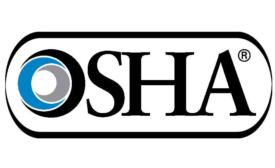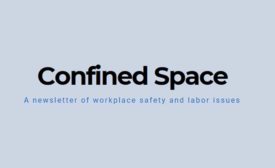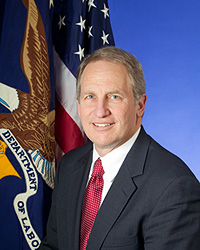Home » Keywords: » safety regulations
Items Tagged with 'safety regulations'
ARTICLES
The cost of careless gas detection
We’re talking about fines, neglected equipment, no maintenance & possible loss of life
March 21, 2019
A Confined Space blog post
Written in blood: Trump appointee reverses lessons of Deepwater Horizon
March 15, 2018
A Confined Space blog post
OSHA Hearing: OSHA has great tools; please don’t use them. Hearing Report Part 3
March 2, 2018
Get our new eMagazine delivered to your inbox every month.
Stay in the know on the latest safety trends.
SUBSCRIBE TODAYCopyright ©2024. All Rights Reserved BNP Media.
Design, CMS, Hosting & Web Development :: ePublishing











